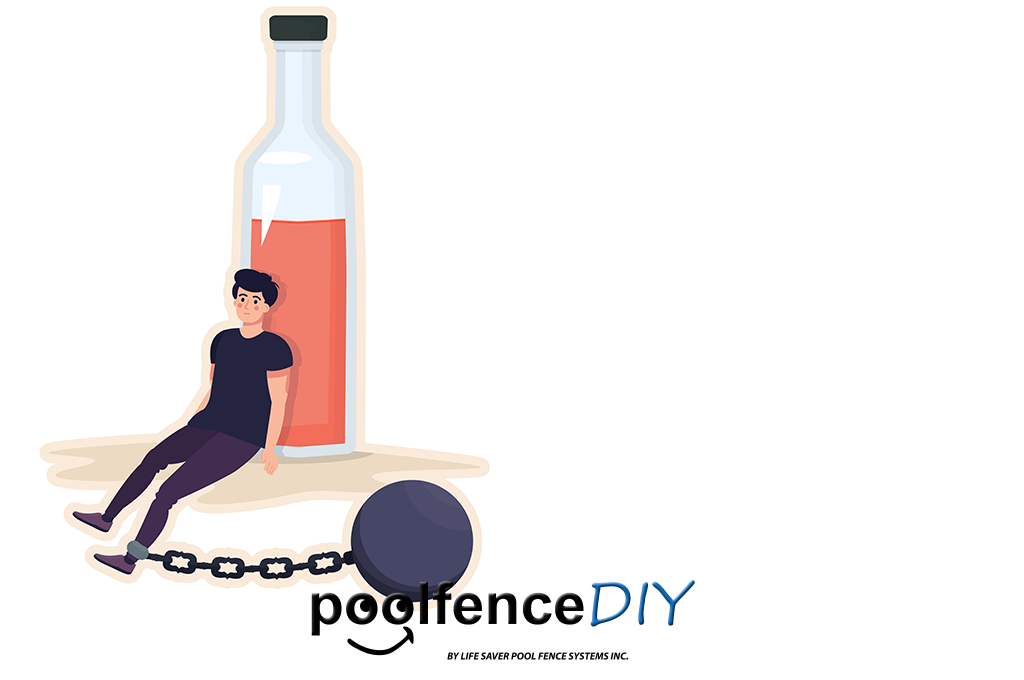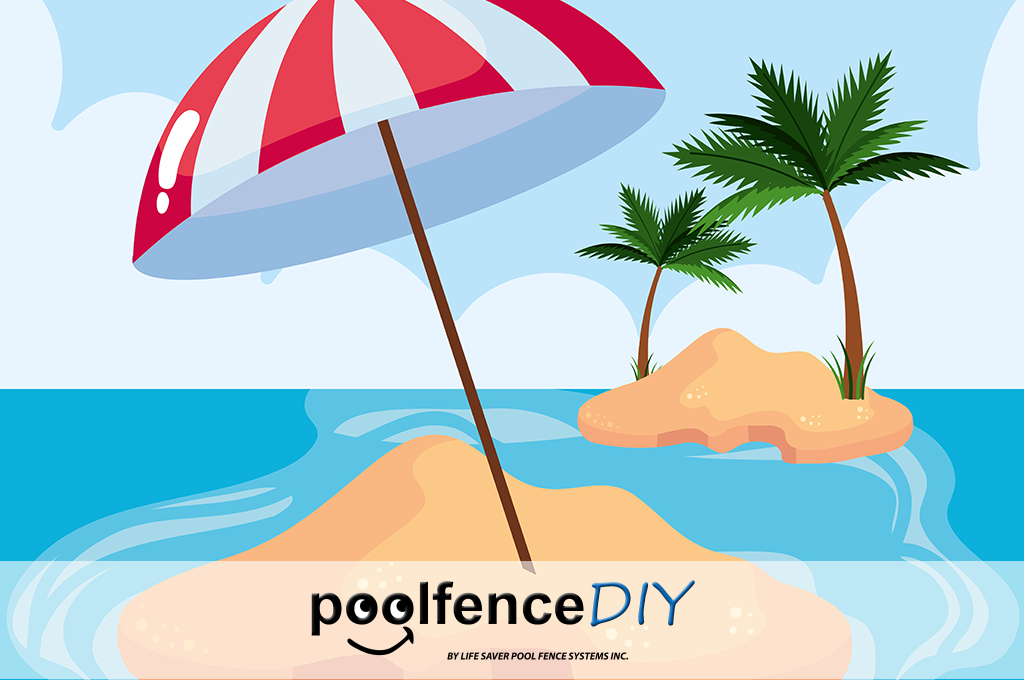Water Safety for Triathlons

Let's talk about water safety for triathlons. Here’s how you can stay safer during the swimming portion of these endurance races. Triathlons are exciting events that combine swimming, cycling, and running. The water segment takes place in various settings like pools, lakes, rivers, and oceans.
It's important for everyone to train hard and focus on each discipline. However, since this is a water safety blog, let’s put our focus there for today’s post. With that in mind, below are some tips focused on water safety for triathlons.
Basics of Water Safety for Triathlons
First off, open water swimming has some unique challenges compared to swimming in pools. It's crucial to understand these challenges to adequately prepare and mitigate risks.
Here are a few things you should know:
Beware of Open Water
Open water bodies, such as lakes, rivers, and oceans, can have unpredictable conditions, including waves, currents, and tides. These conditions can vary greatly depending on the location and time of year. It's important to familiarize yourself with the water conditions of the race location beforehand. By doing so, you can prepare and adjust your swimming technique accordingly.
One thing to note about water safety for triathlons is the water temperature. Depending on the location and the time of year, the water might be surprisingly cold. Cold water can lead to hypothermia and cold water shock.
On the other hand, warm water can cause dehydration and overheating. Dressing appropriately for the water temperature is crucial. If the water is cold, you should consider wearing a wetsuit to stay warm. Conversely, if the water is warm, it is important to stay hydrated and take breaks when needed to prevent overheating.
Preparing To Swim
Regular training is essential for open water swimming. Besides swimming lessons, you should practice in a safe environment before the race, gradually building their endurance, improving their swimming technique, and becoming comfortable in different water conditions. You may wish to join a local swimming group or find a coach who can provide guidance and support during their training.

Before the race, it's important to inspect your swimming gear. Key items to check include wetsuits, goggles, and swim caps. If you are using a wetsuit, make sure it fits snugly but allows for comfortable movement.
Goggles should provide a clear and watertight seal. Additionally, consider choosing a brightly colored swim cap to enhance visibility in the water, making it easier for others to keep track of you during the race.
General Lessons and Water Safety for Triathlons
During the race, safety should be a top priority. Here are some guidelines to keep in mind:
Course Familiarization:
Start by becoming familiar with the race course, including the swim route, buoy placements, and emergency exit points. Pay attention to any safety briefings or instructions provided by race officials. Knowing the course in advance will help you to navigate more confidently and make informed decisions during the swim.
Pacing and Breathing:
Maintain a steady pace throughout the swim to conserve energy and prevent fatigue. Even for experienced swimmers, it is easy to get caught up in the excitement of the race and start too fast. Find a comfortable rhythm and focus on your breathing. Regular breathing helps you to stay calm and oxygenated during the swim.
Sighting Technique:
Learn the “sighting technique,” which involves briefly lifting your head above the water to check your position and navigate towards buoys or markers. This technique helps you swim in a straight line and avoid drifting off course. Practice this skill in a pool or during open water training sessions. This way, you’ll feel confident using it on race day.

Happy and Safe Racing!
Above all, water safety should be a top priority during open water swimming in triathlons. By understanding the hazards, adequately preparing, and following safety measures, you can have a safe and fulfilling race.
Practicing and improving your skills while being aware of your surroundings are the keys to success. When preparing, always seek guidance from experienced swimmers or coaches. With the proper precautions, you can enjoy the triathlon experience to the fullest. Good luck out there!




